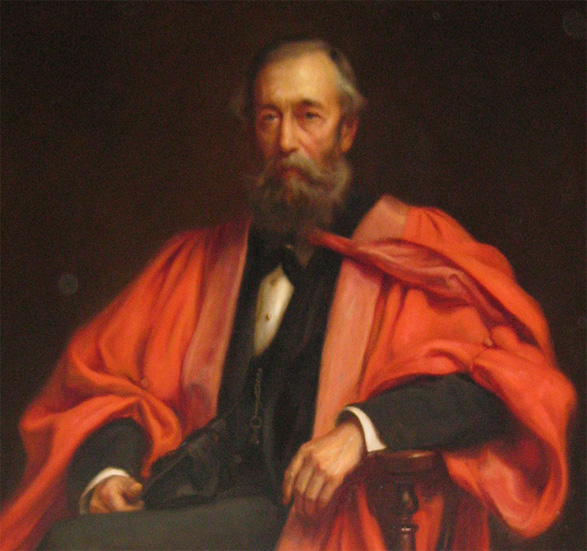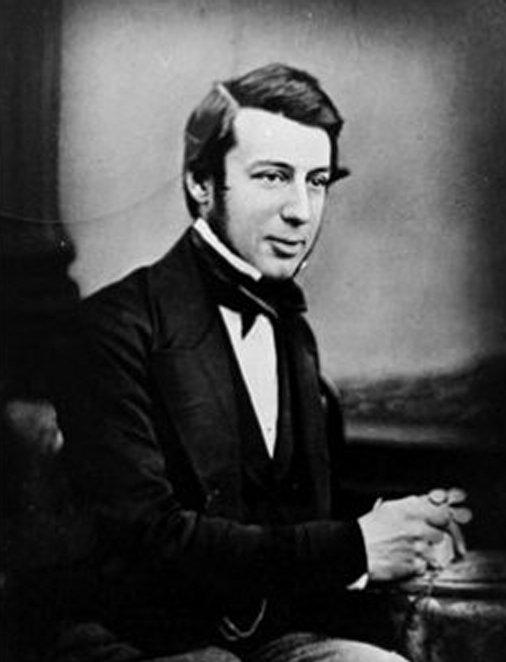Now an Emeritus Professor, Alan Spears is a member of the Stumperlowe Probus Club to which he gave the following talk. After graduating from Sheffield University in 1959, he was the Sorby Professor of Geology from 1989 to 1999. As Henry Clifton Sorby was such an important figure in many facets of the science of geology, Alan wrapped much of his talk around Sorby. He explained that his talk is the first part of two.
Henry Clifton Sorby (1826-1908) was a Sheffield-born microscopist and geologist. He is known for his contributions to the development of techniques for studying iron and steel with microscopes, which paved the way for the mass production of steel. Sorby was awarded the Wollaston Medal by the Geological Society of London in 1869 and the Royal Medal in 1874. He was also one of the pioneers in petrography. Sorby’s major contribution to the field of geology was his development of techniques for studying rocks and minerals under the microscope. He published an important memoir, “On the Microscopical Structure of Crystals,” in 1858. Sorby was one of the first to understand the role and importance of microscopic processes in
explaining material deformation and large-scale phenomena such as rock cleavage and rock folding caused by tectonic uplift and orogeny.
At the age of 15, he had a private tutor and developed an interest in geology. Stanage Edge/Chatsworth Break were his stomping ground. In 1847, aged 21, he studied sandstones in Handsworth and their ripples. He could be named the father of sedimentology! In 1859, he found evidence of a river flowing from Scandinavia to this area.
At this time he was using very thin sections of rock (25 microns thick) to examine the rock particles through a microscope making him one of the first using crystallography. In 1863, he proved that it was the carbon in steel that gave it strength making him a father of metallography. In 1864, he found that meteorites contained familiar minerals. In 1878 Sorby bought a large yacht which he equipped as a floating laboratory. Employing a crew of five,
he spent most of the next 25 summers cruising, mainly off the east coast of Britain.
Work during this period included a study of silt and sewage movements in the Thames estuary for a Royal Commission but his interests were wide, with marine biology now dominant.
He was President of Firth College from 1882 to 1887 and was on the Council of the University of Sheffield from 1905 to his death in 1908 when the University received a substantial sum of money.





